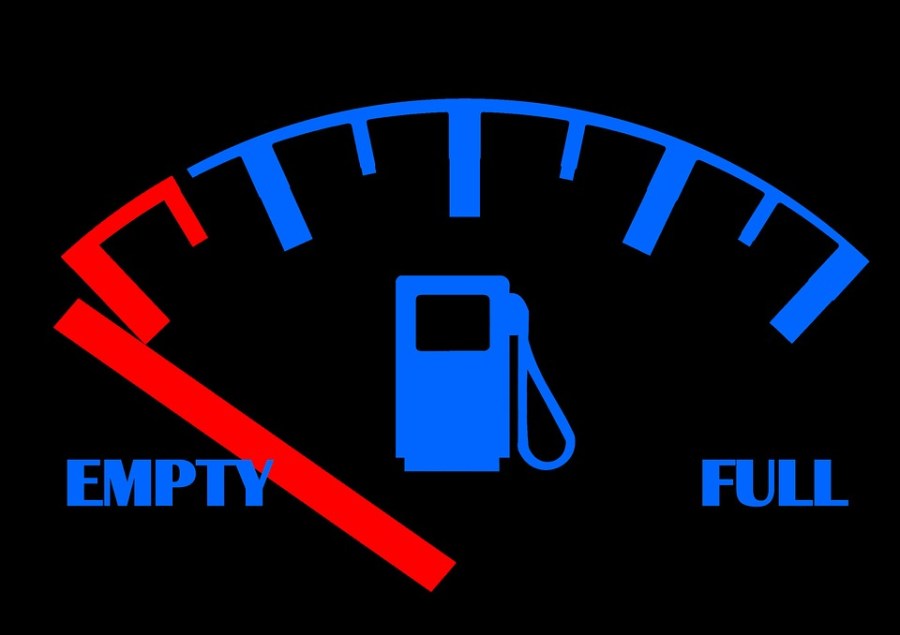1990 Honda Accord Easy Fuel Pump Replacement

Car trouble always seems to happen at the most inconvenient times, usually when you are already running late or on your way to an extremely important commitment. Turning your key to start the engine only to hear it crank can be one of the most heart wrenching sounds. Your gas tank is full so why isn't the car turning over? It could be numerous things such as a broken gas line, clogged filter or perhaps an electrical problem, but there is a good chance it is a sign that your fuel pump needs to be replaced. While checking these things out or when you are figuring out how to replace a fuel pump, make sure you are extremely careful as gasoline is extremely dangerous.
What It Does
The fuel pump is an extremely important component of the car and can be either mechanical or electric, but what exactly does the fuel pump do though? As the name suggests, it pumps fuel. Essentially the pump is what draws the fuel from the tank to the engine. When it doesn't work, the engine performance is greatly reduced as there isn't enough fuel that is being moved quickly enough to the engine. While it takes many parts for a car to run efficiently, once the fuel pump shows faulty signs, it shouldn't be ignored.
Common fuel pump problems include the pump being worn out with age, lack of maintenance such as not replacing the filter regularly, which should be done every 20,000 miles or per the manufacturer's specifications, fuel contamination or repeatedly running the vehicle on low fuel. The tank should always be at least half full as immersion in gas is necessary for everything to remain cool. If there are over 100,000 miles on the engine and it is having fuel pump problems, it could be because the electric fuel pump can no longer force the fuel forward with the necessary pressure. If the fuel filter hasn't been changed and becomes plugged, this demands a lot more work on the fuel pump which will cause it to overheat.
Signs
While driving, it is important to be in sync with your car and listen to it if it is making sounds or feels a bit off. This could save you potentially thousands of dollars down the line if addressed early enough. Here are a few of the signs to be on the lookout for. The car may hesitate while starting, have low power while driving or even momentarily cut out and buck and jerk or even stall which can be extremely dangerous. If any of these occur, do a fuel pump pressure test right away and learn other ways of how to test your fuel pump. It is much safer to catch these signs and address them before the car completely fails either leaving you stranded or in a serious accident.
Replacement
If you don't know how to replace a fuel pump, no problem, there are plenty of mechanics are able to. If you are replacing this yourself and have your own fuel pump repair kits, there are a few things to keep in mind. As mentioned previously, gasoline is extremely dangerous so make sure there is no smoking in the vicinity and there is a fire extinguisher nearby. Ideally, you are working outdoors as gasoline vapor is heavier than air. If that isn't an option, try and do your work in a well-ventilated area. Make sure to wear safety goggles and gloves.
Costs
Cars can be expensive to run and even more expensive to fix. While it is never fun to dish out money that may have been preventable, it is better to fix it now than wait any longer. There are numerous options of places to go to get the fuel pump fixed. Dealerships tend to be much more expensive than independent local repair shops. In any case, shop around and ask for various quotes until you find one that fits your budget.
The job itself should only take a few hours but the price will range depending on the cost of the fuel pump, the mechanics' hourly rate and the year, make and model of the car. While some fuel pumps are accessible via the trunk, other pumps require removal of the fuel tank in order to access and replace the pump which requires much more time and labor. In general, though, this job may cost between $50-$200.
furphydianstand1949.blogspot.com
Source: https://www.life123.com/article/understanding-the-basics-of-fuel-pumps?utm_content=params%3Ao%3D740009%26ad%3DdirN%26qo%3DserpIndex&ueid=e2eead4f-4409-47f0-9896-41c8e7ba57f2